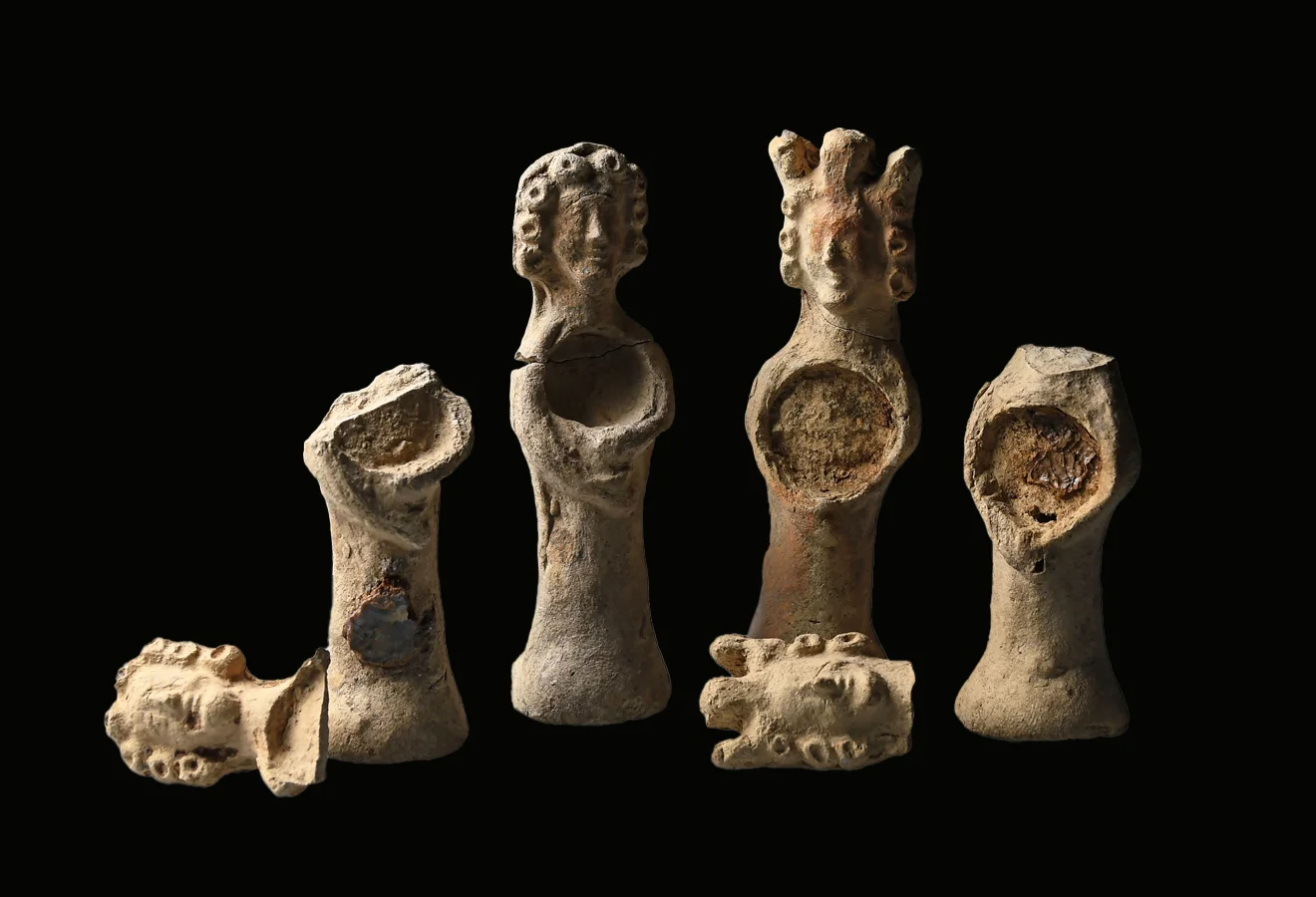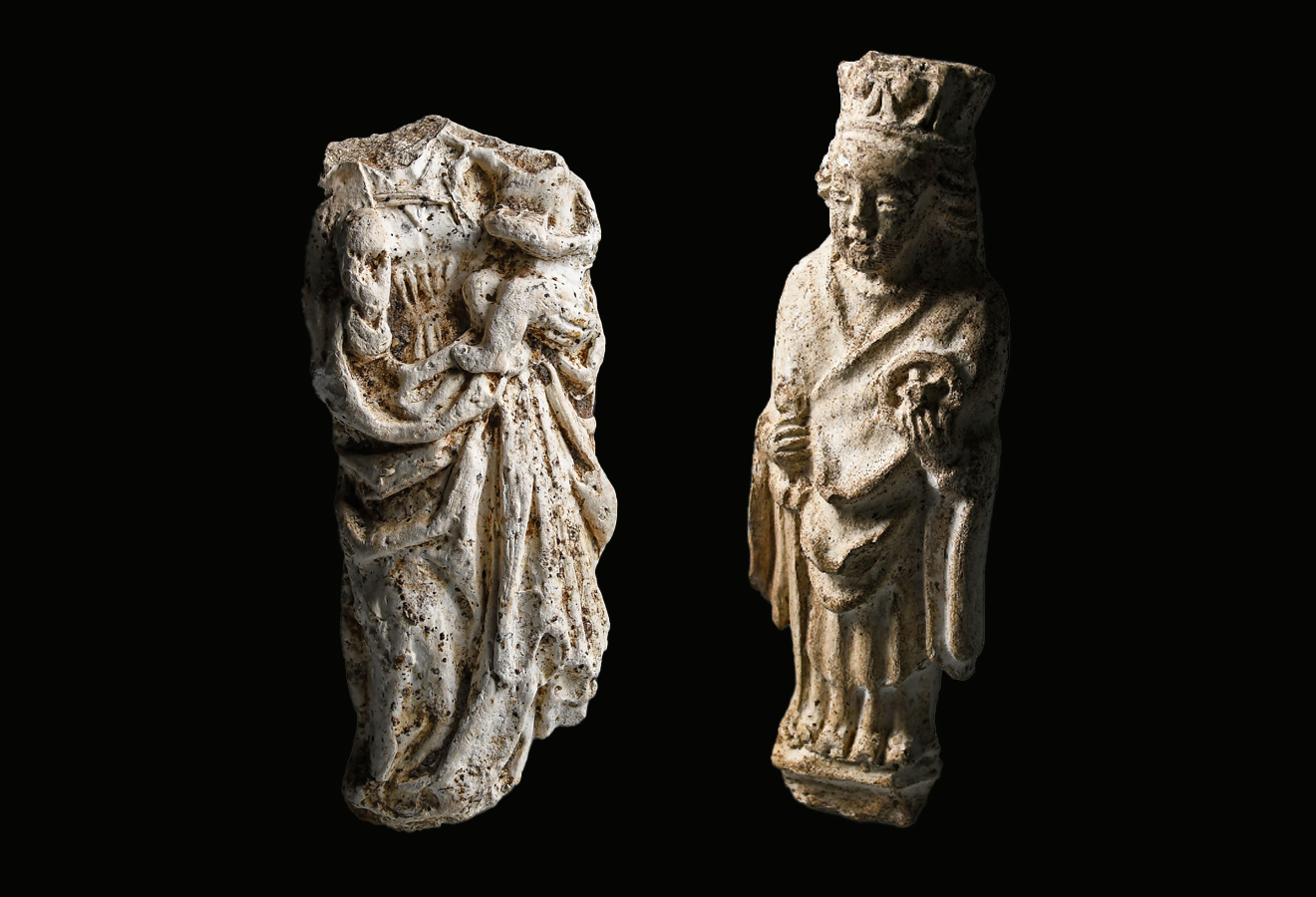Archaeologists excavating in the Molkenmarkt, the oldest square in Berlin, have uncovered a rare collection of saint figures.
The Molkenmarkt (meaning “whey market”) is located in the Alt-Berlin quarter of the Mitte district, in the historic centre of the city.
Excavations were conducted by the Berlin State Monument Office, which has found fragments of 188 female saint figures dating to the mid-14th to 15th century AD.
Many figures were found with medallion-shaped frames in the chest area that contain inlays made of human bone fragments. The archaeologists suggest that these served as reliquaries to hold the purported or actual physical remains of saints.

According to a recent press statement, among the recent discoveries is an 11 centimetre tall figurine made from white clay that depicts Saint Catherine of Alexandria, traditionally revered as one of the Fourteen Holy Helpers.
According to her hagiography, Catherine of Alexandria was both a princess and a noted scholar who converted hundreds of people to Christianity. She was imprisoned and martyred in the early 4th century AD by emperor Maxentius who had her beheaded.
Another significant find is a 7 centimetre figure of the Madonna holding the baby Jesus. In ecclesiastical art, the Madonna is a representation of Mary and affirms her status as “Mother of God.”
“Both statuettes offer a special insight into the bourgeois piety of the late Middle Ages”, said Sebastian Heber, head of the archaeological monument preservation department at the Berlin State Monument Office.
The State Monument Office has been excavating the Molkenmarkt for almost half a decade, recovering over 600,000 objects from Berlin’s historical legacy, including the recent discovery of a Japanese sword identified as a 17th century Wakizashi worn by the samurai in feudal Japan.
Header Image Credit : Julia-Marlen Schiefelbein
Sources : Berlin State Monument Office







